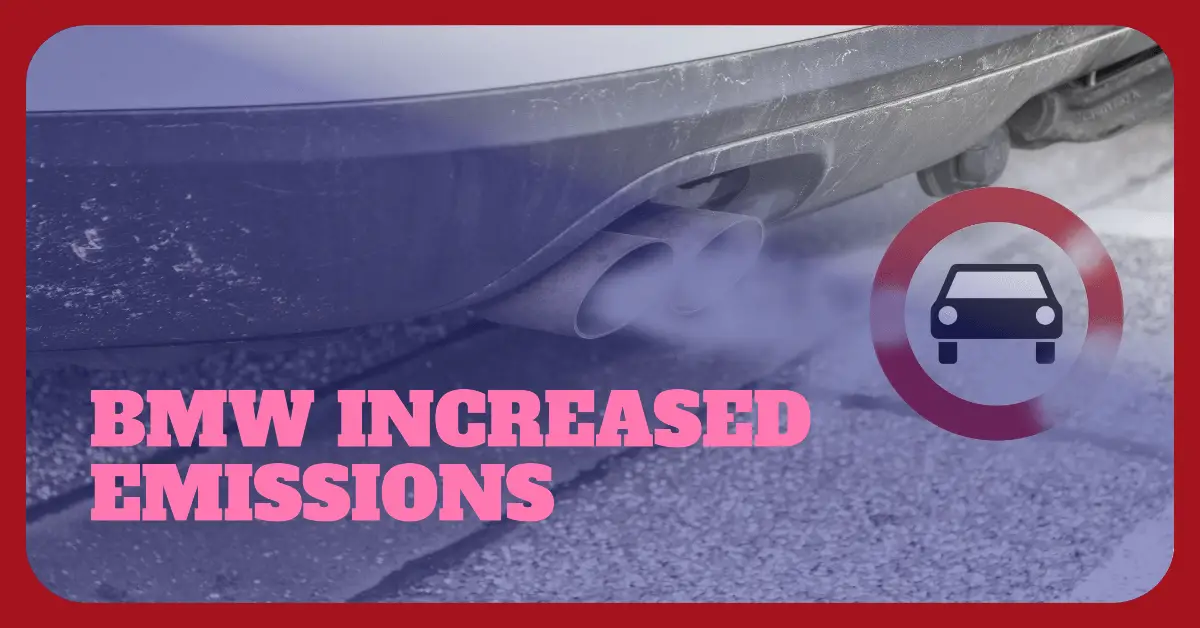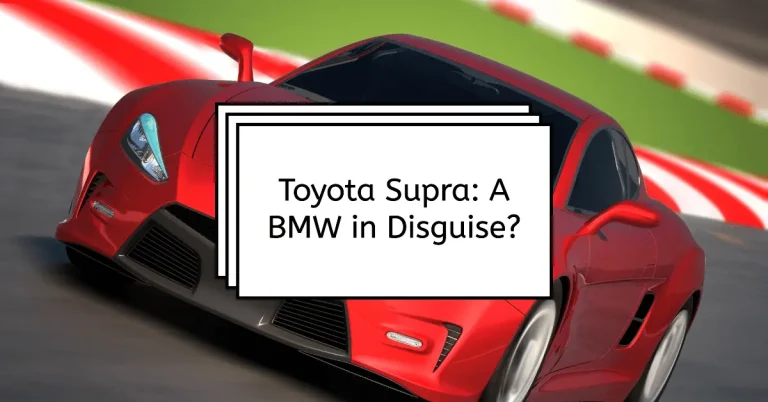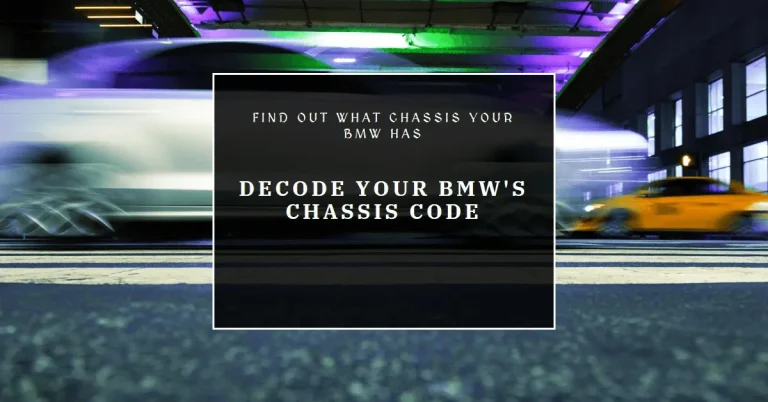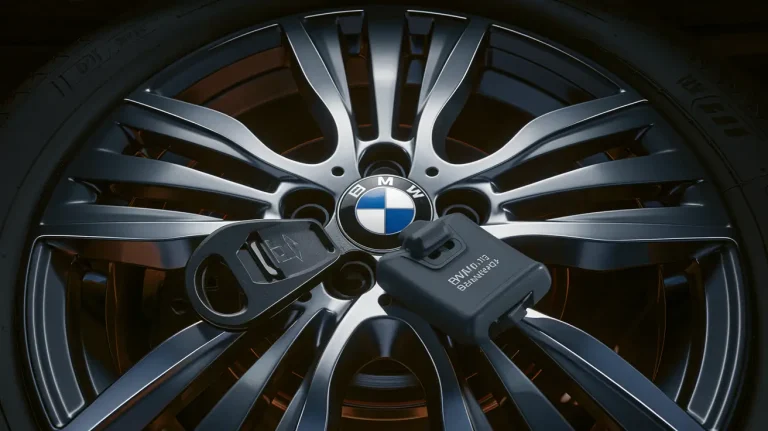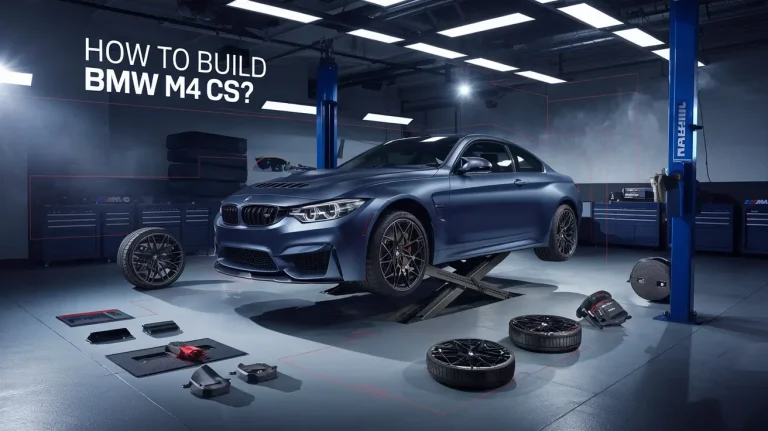What is an E90 BMW? A Complete Guide
The BMW E90 is one of the most popular 3 Series generations among driving enthusiasts. As the model code for the BMW 3 Series produced between 2004-2013, the E90 brought both aesthetic and performance upgrades while continuing the 3 Series’ legacy of dynamics and refinement.
But what exactly is an E90 BMW, and what makes this generation of 3 Series so well-regarded? This complete guide will explore the E90’s history, models, technology and ownership experience to show why it left an enduring mark on BMW’s lineage.
Overview of the E90 BMW 3 Series
The fifth generation of the venerable BMW 3 Series compact executive car line, the E90 was sold alongside three sister models:
- E91: 3 Series Touring estate/wagon
- E92: 3 Series Coupe
- E93: 3 Series Convertible
These four model codes encompassed the entire E90/E91/E92/E93 generation, which was produced from 2004-2013 and introduced as a 2005 model in sedan guise. BMW manufactured over 1.4 million units across this generation, with the highest volume seller being the practical E91 Touring model.
Assembly plants for the E90 3 Series spanned the globe, located in Germany, South Africa, China, Mexico, Egypt, India, Thailand, Indonesia, Malaysia and Russia. This allowed BMW to serve a greater number of worldwide markets than ever before.
Engines and Performance
A particular highlight of the E90 was under the hood. For the first time in a 3 Series, buyers could opt for a turbocharged petrol engine in the formidable 335i.
Across the model range, engines on offer were:
- 2.5L – 3.0L inline-4 cylinder (N43, N45, N46)
- 2.5L – 3.0L naturally aspirated inline-6 cylinder (N52, N53)
- 3.0L twin-turbo inline-6 cylinder (N54, N55)
- 4.0L – 4.4L V8 (S65) in the M3
- 2.0L – 3.0L turbo diesel inline-4 and inline-6 cylinder (M47, N47, M57, N57)
These powerplants could be paired to responsive six-speed manual or automatic gearboxes powering the rear wheels. BMW’s capable xDrive all-wheel drive system was optional across the model range for customers requiring additional traction.
In terms of acceleration, the benchmark 0-60 mph sprint took as little as 4.7 seconds in models like the V8-powered E90 M3. More accessible versions still impressed with six-cylinder engines delivering 0-60 times in the low five-second range.
Fuel efficiency was also respectable – four-cylinder models could return efficiency of over 28 mpg in economical real-world driving. Even six-cylinder versions managed to eclipse EPA estimates in practiced hands, particularly with the smooth-shifting manual gearbox.
Design and Technology
Exterior design updates gave the E90 a fresh, contemporary style led by Joji Nagashima’s restrained sheetmetal work on sedan and wagon variants. The handsome E92 Coupe and E93 Convertible were later penned by Marc Michael Markefka.
Dimensionally, the E90 grew in every direction over its E46 predecessor to provide increased passenger and cargo room. Key dimensions were:
- Wheelbase: 108.7 inches
- Length: 178.0 – 181.5 inches
- Width: 70.1 – 71.7 inches
- Height: 54.3 – 55.9 inches
- Curb weight: 3,142 – 4,023 pounds
Catering to driver engagement while also enhancing everyday livability proved a key focus for BMW engineers. The brand was an early adopter of electronic stability control, which almost eliminated single-vehicle accidents. This uncompromising safety was paired with agility. One place where this ethos was clear was the adoption of run-flat tires across the model range, eliminating the need to accommodate a spare wheel and tire.
In the cabin, a contemporary style greeted occupants with an emphasis on intrinsic driver orientation. More revolutionary was BMW’s iDrive system rolled out through the E90 model line. This console-mounted dial allowed intuitive control of navigation, entertainment, climate and vehicle settings. Modern BMW fans may take this for granted, but it helped cement a reputation for slick ergonomics and technology integration.
On the road, few compact sport sedans could challenge the E90 3 Series for sheer dynamic competence. While rival Mercedes-Benz C Class models may have had a slight edge in interior polish, road testers praised the BMW for its incredible chassis balance and sensitivity to driver inputs. Lightweight aluminum suspension components, near-perfect weight distribution and hydraulic power steering all played their part.
When it came to entertainment, the latest audio systems could be specified. Bluetooth mobile phone connectivity became integrated later in the model’s life for safety and convenience.
Buying an E90 3 Series
On the used market today, the E90 3 Series retains strong appeal amongst BMW fans and driving enthusiasts. As a more affordable alternative to newer 3 and 4 Series models, they offer a gateway to BMW’s vaunted driving dynamics.
Those looking to purchase should budget between $5,000 for higher mileage six-cylinder examples and $15,000 for scarce manual transmission coupe variants with the robust N55 twin-scroll turbo engine.
Mileage and maintenance history should be scrutinized – while timing chain issues are not as common as on earlier six-cylinder BMW engines, the turbocharged models can still exhibit oil leaks and fuel pump failures. Ensure oil changes were carried out no more than every 7,500 miles.
Sedans generally make great used buys for their lower repair costs and versatility. However coupes tend to retain greater value for their perceived desirability amongst BMW fans, as do manual transmission examples.
Finally, be sure to test drive any potential E90 purchase extensively and listen for untoward noises or vibration. The model’s hydraulic steering and balanced handling should shine through on a backroad when properly maintained.
Driving Experience
Few vehicles in the compact sport sedan segment manage to balance luxury and performance as capably as a well maintained E90 BMW 3 Series. The brand’s familiar hallmarks shine through – refined straight six power, dynamic competency and restrained style all integrate seamlessly.
Settling into the supportive power driver’s seat, the cabin exudes quality through brushed aluminum inserts and soft-touch plastics. Excellent outward visibility allows the driver to precisely place this BMW on the road.
Twisting the key elicits a positive crank of the starter, followed by a cultured six-cylinder soundtrack. Manual transmission models delight with their precise engagement and moderate clutch effort.
Smooth acceleration accompanies every input to the throttle as the E90 gains speed expediently. Rare V8 examples sound phenomenal above 4,000 RPM all the way to redline, but turbocharged six-cylinder models have more than enough grunt for real world driving.
In corners, the E90’s chassis reveals its brilliance. Light steering weights up appropriately off center and provides meaningful feedback. Minimal roll couples with impressive front end bite to carve precise lines. It’s no wonder road testers worldwide raved about this 3 Series above competitors – it captures that elusive fun factor better than any rival.
Out on the highway, road and wind noise are nicely isolated from the cabin in a way its crisper E46 predecessor couldn’t match. This long-legged cruiser devours miles while cosseting occupants in comfort, ably demonstrating its duality of purpose.
Why the E90 3 Series Matters
In the mid 2000s marketplace, Germany luxury brands were locked in combat for compact sport sedan supremacy. Mercedes had their C Class, Audi the ever-evolving A4 – but neither could displace the E90 3 Series in the minds of driving enthusiasts worldwide.
It came to epitomize the ethos of the 3 Series range – maintenance costs may be higher than average, but few machines deliver such effervescent dynamics and polish in the real world.
Car magazines unanimously praised this BMW’s infectious driving enjoyment and coherence of vision. It cemented core brand values for a new generation of automotive fans in a way its talented successor couldn’t quite match.
Looking back, the E90 formed the cornerstone between BMW’s past and its future. It upheld traditional elements like sublime handling and straight-six power while adopting emerging ones like efficient turbocharging and integrated technology interfaces.
Delightfully balanced and engaging to drive, the success of the E90 3 Series ensured resources remained available to develop the electrified performance cars BMW sells today. For this, it holds a special place in the hearts of enthusiasts everywhere.
Notable Versions
Several standout variants exist within the E90 lineup:
BMW 335i: This groundbreaking model introduced forced induction to the 3 Series range in 2007. Its smooth twin-turbo straight six produces 300 hp and 300 lb-ft of torque to deliver serious pace.
BMW M3: The only M3 generation with a high-revving V8, the E90 M3 coupe debuted a new 414 hp S65 4.0L engine. With track-ready credentials and exotic looks, it commands big money today.
BMW 335d: This intriguing middle child twin-turbo diesel straddles luxury and efficiency. Rare on American soil, its 265 hp oil burner provides substantial torque.
BMW 335is: Built for just two years, the 2011-2012 335is Coupe and Convertible uses the earlier 335i twin-turbo six massaged to 320 hp. With sportier suspension tuning and a DCT auto, it’s a collector’s item.
Conclusion
In retrospect, the beloved E90 3 Series range constituted BMW’s creative peak through the mid 2000s era. Excellent engines, balanced handling and restrained styling gracefully evolved BMW’s compact sport sedan to meet modern expectations without sacrificing the brand’s core qualities.
It’s little wonder enthusiasts today still prize clean, low mileage E90 examples – greatness this accessible doesn’t come around often. For drivers wanting an affordable route into the Ultimate Driving Machine, this generation remains the one to get.

